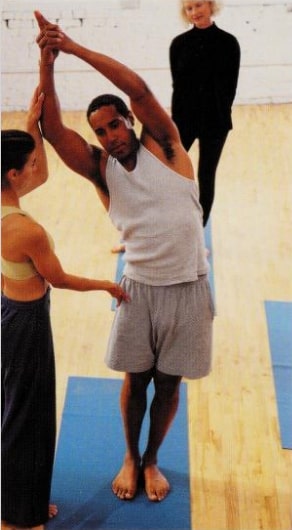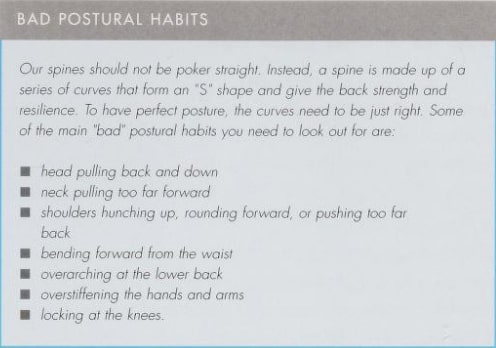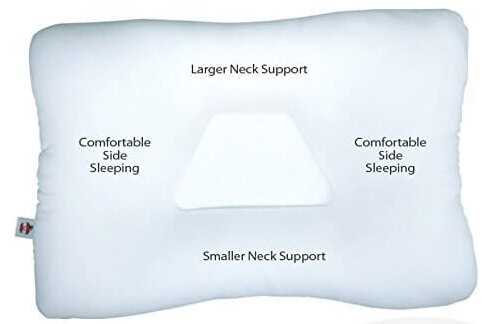
Most of us pick up bad postural habits during our lives, many of which begin in childhood. We may slouch when we’re sitting down, bend at our waists rather than at the knees when we pick something up off the floor, or stare at the floor as we walk. All of these bad habits can lead to problems such as back pain, neck pain, headaches, and joint conditions such as arthritis. Bad posture can also prevent us from breathing correctly, which can lead to poor health, tiredness, and stress.
Good posture gives us a sense of freedom, ease of movement, increased wellbeing, and more energy. It is never too late to improve your posture. There are several methods you can try—such as the Alexander technique, Feldenkrais method, Hellerwork, Rolfing, and yoga – to improve your posture. If you have a problem like lower back pain due to poor posture, treatments such as chiropractic manipulation and osteopathy can also be helpful.
The Alexander technique
The Alexander technique teaches you how to hold yourself more efficiently and to develop a posture that is beneficial to your health, regardeless of whether you are sitting, standing, walking, or even talking. These actions use many different muscles, and the Alexander technique teaches body awareness so that you can move and hold these muscles in the most efficient way.
The technique was developed by the actor Frederick Alexander, after he found that the way he stood affected his breathing and his voice. By carefully observing himself in a full-length mirror and experimenting with his posture, he discovered that good posture is the most efficient use of the skeleton to keep the body erect and give it freedom of movement. In short, it depends on a balanced relationship between the head, neck, and spine, and is a way of standing, sitting, or moving that does not put excessive strain on the muscles or joints anywhere in the body.
How can it help?
As well as improving your posture and making you aware of your body, the Alexander technique is also restful and calming. It can help you regain psychological and physical poise. By releasing tension and improving breathing and the circulation of blood and lymph, the technique can help relieve ailments such as back pain, joint problems, headaches, breathing problems, stress, and anxiety.
Learning the technique
The Alexander technique is an educational process for learning how to change your postural habits, and it is best learned through the guidance of a qualified teacher.
The objective is to maintain balance through the poise of the head and total lengthening of the spine at rest and while moving. In the first lesson, the teacher will observe you, noting how you move, sit, and stand. By making adjustments to your body at rest and while you are doing everyday activities, such as standing up from a chair, the teacher helps you increase your awareness of how you move and puts you in touch with your body.
A good posture comes from within and it cannot be forced on your body. In subsequent lessons, which will be tailored to suit your needs, you will probably be taught ways of moving, bending, and reaching, combined with some relaxation to help you let go of excess tension. The teacher may also help you with specific movements that relate to your work or lifestyle, such as how to sit while playing a musical instrument or how to write without causing excess tension, work at a computer, pick up heavy items, or carry heavy bags.
Feldenkrais method
The aim of the Feldenkrais method is to restore full efficiency and functioning of the body. Developed by Moshe Feldenkrais, this method is a synthesis of some aspects of the Alexander technique and some concepts from Oriental martial arts such as judo.
The method consists of a series of well thought out and sophisticated exercises that increase body awareness in movement. As well as improving posture and general well-being, the Feldenkrais method can help with a range of muscle, joint, or nerve problems, and it can also improve breathing. In common with the Alexander technique, it is best learned from a qualified teacher, who may also use gentle manipulation during the lessons, particularly if you have neurological conditions such as multiple sclerosis.
Hellerwork
Hellerwork combines deep massage and manipulation with reeducation about the way the body moves; it also involves exploration of emotional issues. The therapy was developed by Joseph Heller, who worked with Dr. Ida Rolf (see below) and shared her ideas concerning body alignment and ways of releasing muscle tension. However, Heller also emphasized the importance of the psychological and emotional aspects of health and illness, believing that we store emotional traumas in our bodies, which can eventually lead to rigidity and tension. During a session, the teacher and patient explore the emotions triggered when this tension is released. Rolfing is mainly used to improve posture and treat muscle pain, breathing problems, stress, and sports injuries. Hellerwork is inappropriate for those suffering from cancer, rheumatoid arthritis, or other inflammatory conditions.


Rolfing
Rolfing, named after its inventor Dr. Ida Rolf, is also known as structural integration. It consists of physical manipulation and postural release, which is aimed at realigning the body and releasing muscle tension. During a session, the teacher will use a deep and powerful form of massage to soften the tissue known as fascia that covers and separates every muscle in the body, and to loosen and stretch muscle and other soft tissues. The aim is to sculpt and realign the body so that it can work with gravity, rather than against it. Rolfing is mainly used to improve posture, treat muscle pain and sports injuries, relieve breathing problems, and improve well-being. Rolfing is inappropriate for people who tend to bruise easily, are very overweight, or have cancer, rheumatoid arthritis, or other inflammatory conditions.
Good posture
Take your shoes off, stand with your feet hip width apart and pointing straight forward, and with your knees soft (slightly bent). Let your shoulders relax down, and allow your arms and hands to hang loosely by your sides. Imagine that you have a wire attached to the top of your head pulling you up.
Keep breathing and imagine your spine lengthening (from your tail bone right up to your neck) as you breathe out, and relaxing as you breathe in. Don’t try to flatten the natural curves in your back. Gently tilt your pelvis backward and forward a little until you find the most comfortable position for it.





